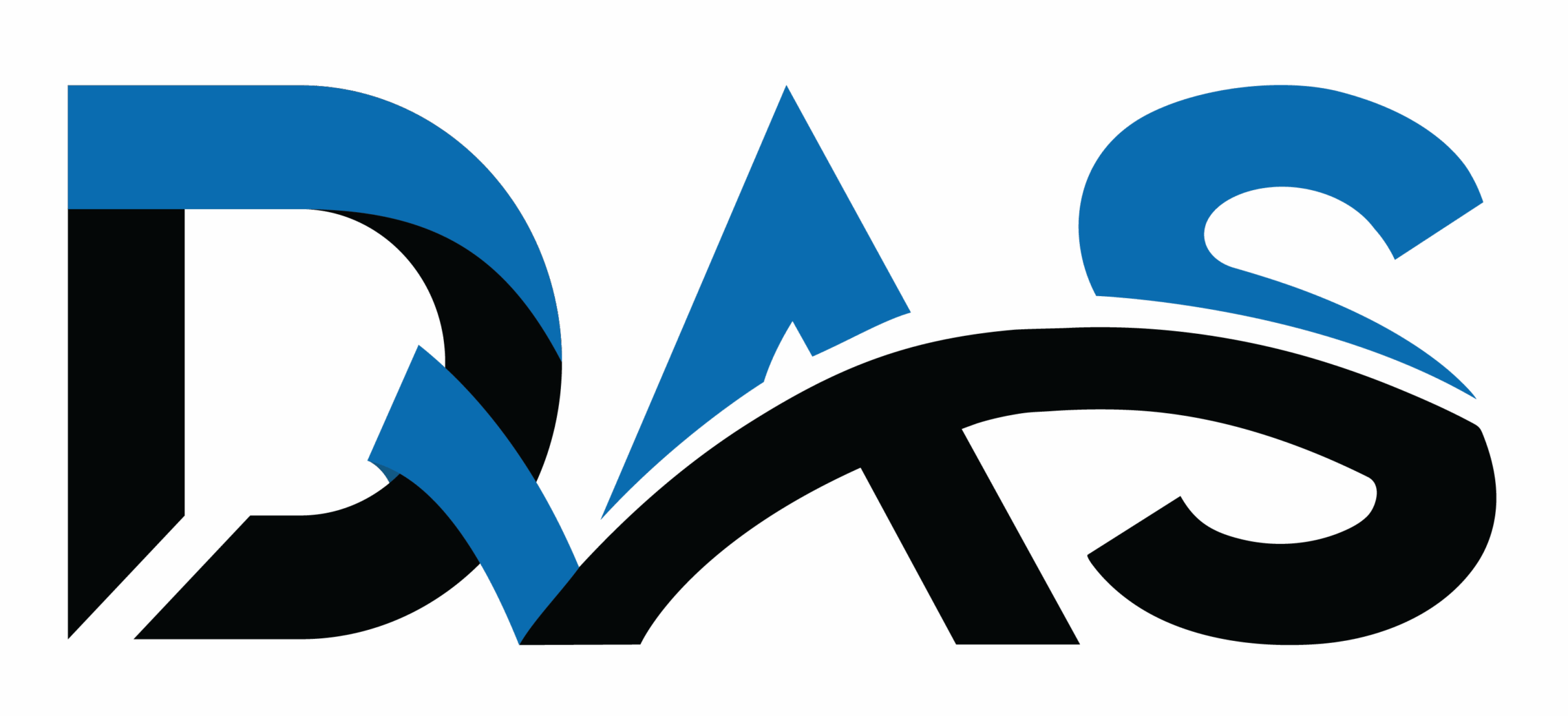Safe Use & Inspection of Rigging Gear
🏗️ Safe Use & Inspection of Rigging Gear
🔎 Overview
Rigging gear refers to equipment used to lift, move, and secure loads — including slings, shackles, hooks, eyebolts, turnbuckles, chain hoists, and wire ropes.
Correct inspection, handling, and use of this equipment is essential to prevent equipment failure, injuries, and property damage during lifting operations.
Training in the safe use and inspection of rigging gear ensures:
- ✅ Load stability and security
- ✅ Safety of personnel involved in lifting operations
- ✅ Compliance with recognised industry standards and workplace safety practices
🎯 Objectives of Training
- Build competency in safe handling and correct use of rigging gear
- Ensure accurate inspection and proper maintenance of lifting equipment
- Reduce workplace accidents and equipment damage
- Support compliance with safety regulations and best practices
🛠️ Requirements for Safe Use & Inspection
👷 Competency & Authorisation
- Only trained personnel should perform rigging tasks
- Supervisors must oversee lifting activities and verify safety compliance
🔍 Inspection Regimes
- Pre-use checks by operators
- Scheduled detailed inspections by experienced personnel
- Load testing based on manufacturer guidance
📦 Storage & Care
- Store gear in clean, dry conditions away from chemicals or moisture
- Immediately remove damaged or worn items from service
⚠️ Safe Practice Guidelines
- Always check for damage before use
- Never exceed the Working Load Limit (WLL)
- Avoid shock loading or side loading
- Maintain correct load balance and centre of gravity
- Keep clear of suspended loads and use taglines
- Maintain effective team communication
- Always wear appropriate PPE
📚 Training Modules
👷 Rigger Training
- Identification and proper use of rigging gear
- Load estimation & sling angle calculations
- Types and configurations of slings
- Inspection techniques and defect recognition
- Tagging systems & hazard awareness
- Practical rigging exercises
📡 Operator & Signal Person Training
- Standard hand and radio signals
- Communication protocols
- Safety zones and exclusion areas
🔧 Inspection Training (Advanced)
- Detailed inspection and defect criteria
- Load testing principles
- Record-keeping and documentation
🏢 Training Delivery Options
- Basic Rigger Training
- Advanced Rigging & Inspection Training
- Signal Person Training
- Lifting Supervisor Training
- On-site or training centre delivery
🌟 Benefits of Rigging Gear Training
✅ Reduces lifting-related risks and incidents
✅ Improves workforce competence and safety culture
✅ Enhances compliance with workplace safety requirements
✅ Promotes efficient and reliable lifting operations
